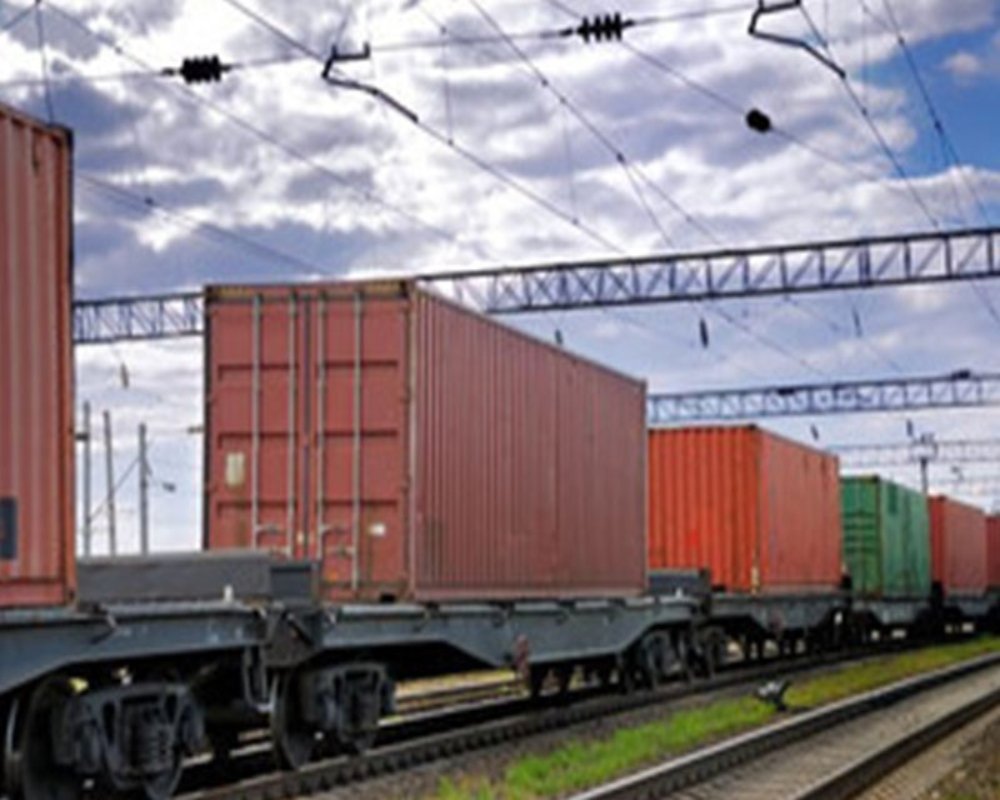The development of new rail freight terminals is driving a surge in demand for adjacent industrial land as businesses seek to capitalize on improved logistics efficiencies. These terminals, part of broader national infrastructure initiatives, enable faster, more cost-effective movement of bulk goods across regions, enhancing the appeal of nearby land parcels for manufacturing, warehousing, and distribution activities. Companies are increasingly prioritizing proximity to rail hubs to reduce transportation costs and enhance supply chain reliability. Industrial developers are responding by creating dedicated freight-linked industrial parks designed to maximize multimodal connectivity. Land valuations around major rail terminals have already recorded notable appreciation, highlighting a strong link between logistics infrastructure and real estate value. The integration of rail access is quickly becoming a strategic necessity for industrial expansion.
Rail-connected industrial land offers substantial operational advantages, including reduced reliance on road transport, bulk shipping capabilities, and lower carbon footprints, making it attractive to both traditional manufacturers and new-age logistics players. Dedicated Freight Corridors (DFCs) like the Eastern and Western corridors in India are setting benchmarks for the future of rail-based industrial development. Businesses involved in sectors such as auto manufacturing, cement, food processing, and e-commerce fulfillment are leading the demand for these strategic locations. Developers are designing facilities with direct rail siding access, intermodal loading facilities, and storage solutions tailored for rail transport. Experts note that the first-mover advantage is crucial, as competition for rail-proximate sites intensifies with each new terminal announcement. Early investment in such zones promises strong long-term returns and operational efficiencies.
Looking forward, rail freight terminals are expected to act as anchors for large-scale industrial ecosystems, similar to how airports have driven aerotropolis developments globally. Policy makers are encouraging this trend by offering incentives for industries setting up within designated rail-linked logistics parks. Analysts predict that future industrial hubs will increasingly be mapped along multimodal corridors combining rail, road, and port connectivity to optimize regional supply chains. Industrial land adjacent to rail terminals will likely see sustained demand as businesses pursue faster market access and greener logistics models. However, careful attention to terminal capacity, service frequency, and last-mile infrastructure is necessary for maximizing land utility. The rise of rail-driven industrialization marks a fundamental shift in how companies plan their logistics networks and site selection strategies.


